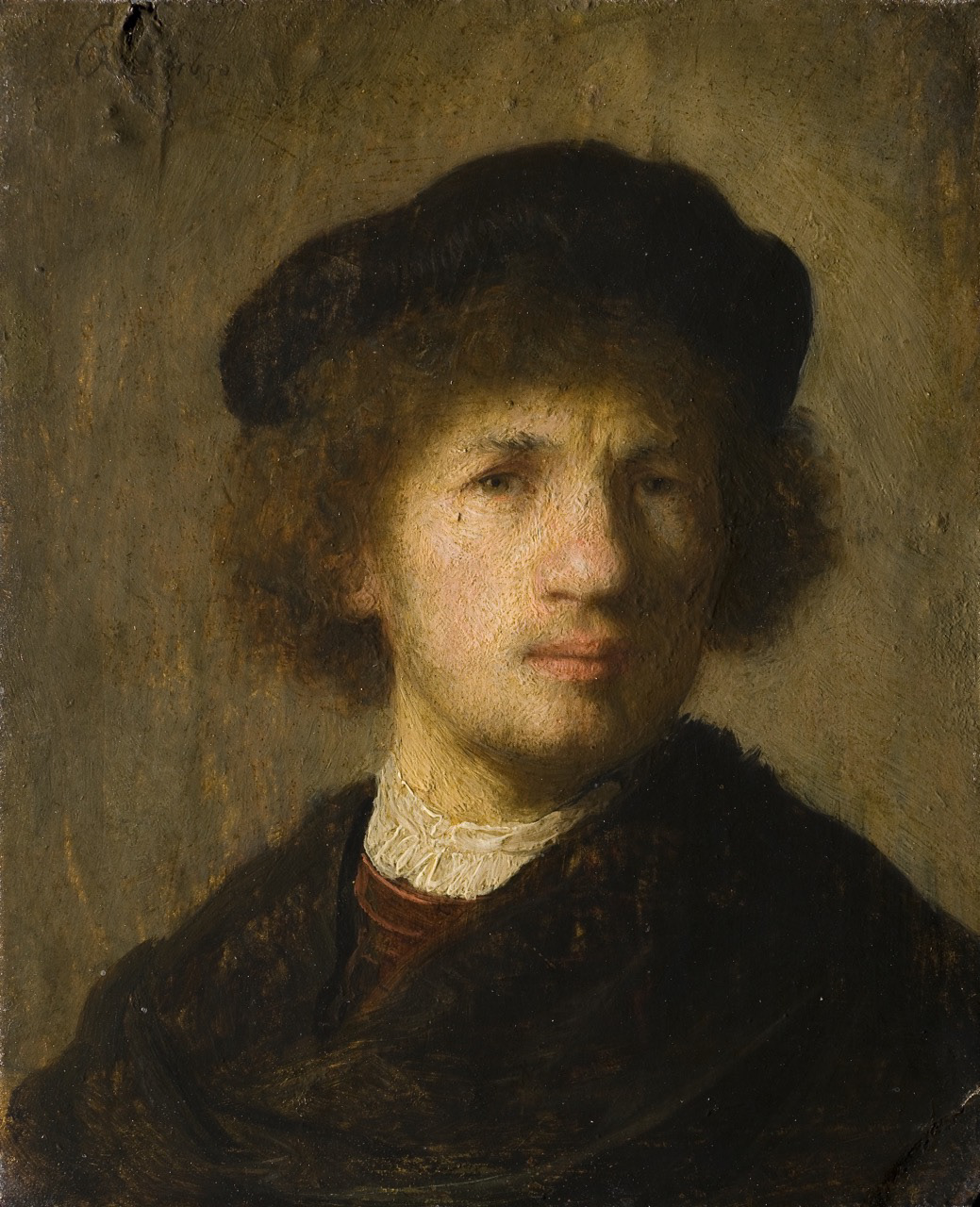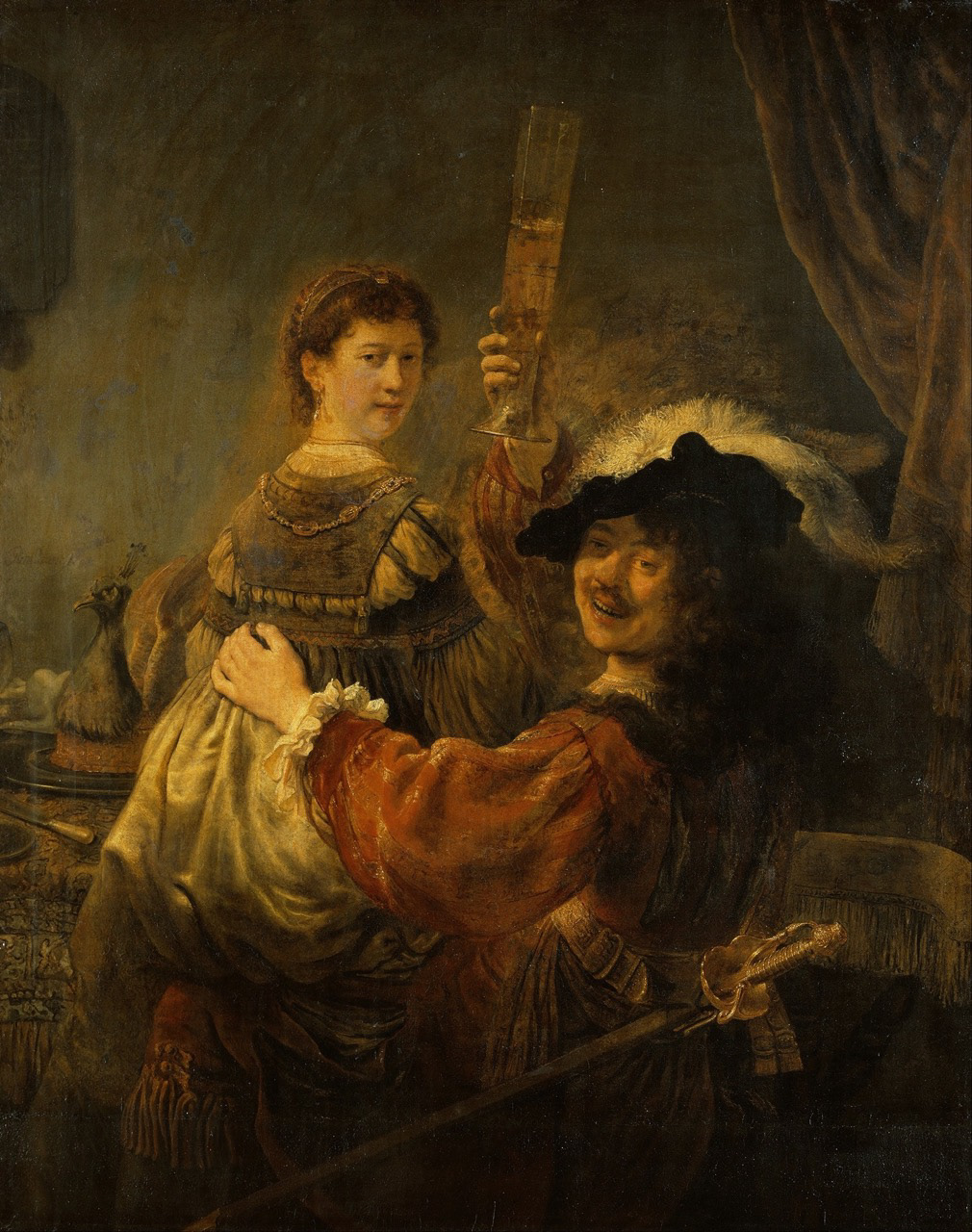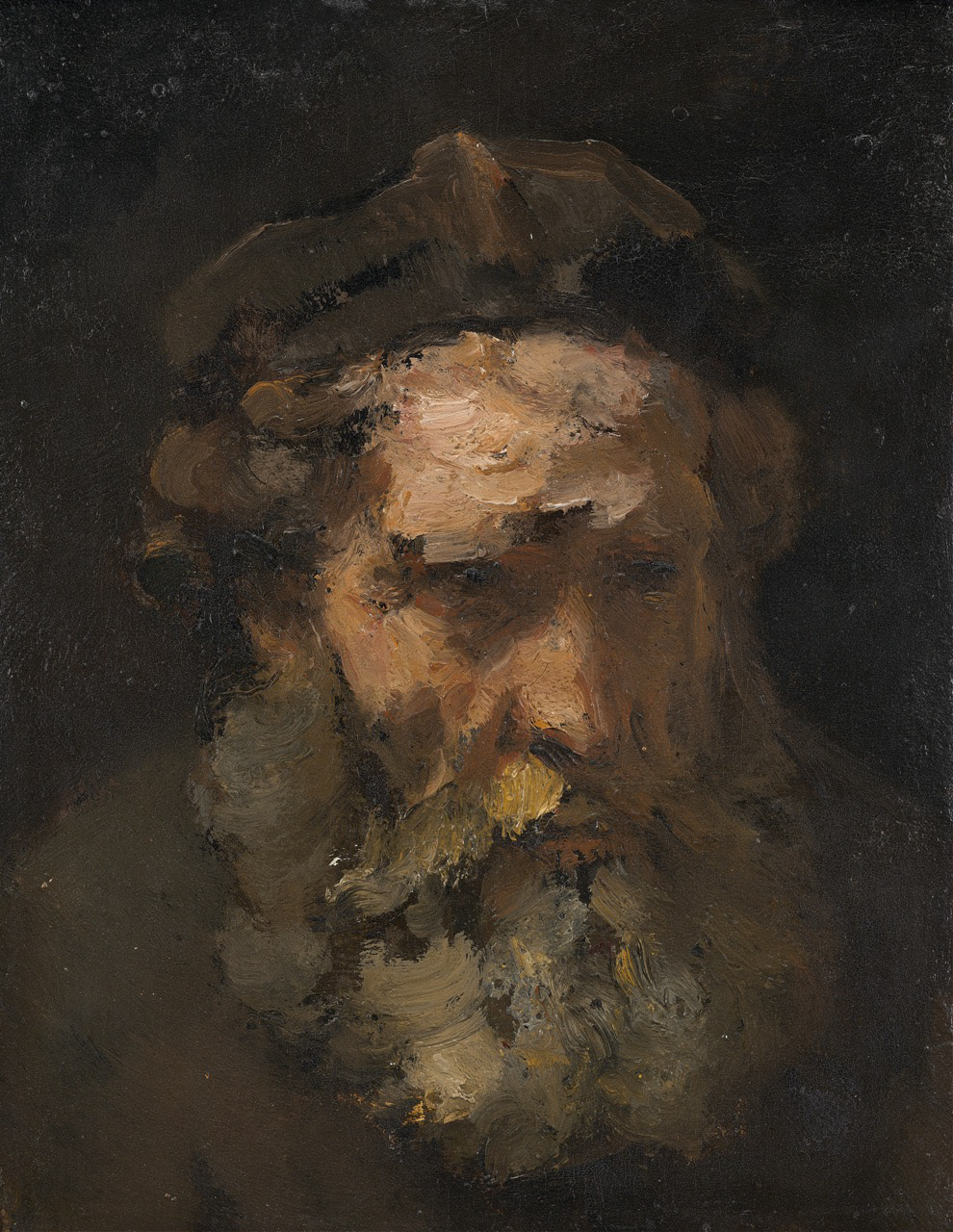1606-1669
Rembrandt Harmenszoon van Rijn, a Dutch draughtsman, painter, and printmaker, is widely recognized as one of the greatest visual artists and the most significant in Dutch art history.
He was an innovative and productive master of styles and subject matter, such as portraits, self-portraits, landscapes, genre scenes, allegorical and historical scenes, biblical and mythological themes, and animal studies. What a list! Rembrandt's contributions to art occurred during the Dutch Golden Age, a period of great wealth and cultural achievement that gave rise to new artistic genres.
Like other artists of the Dutch Golden Age, the Italian and Netherlandish artists who had studied in Italy, such as Pieter Lastman, the Utrecht Caravaggists, Flemish Baroque, and Peter Paul Rubens, inspired him.
After achieving success as a young portrait painter, personal tragedy and financial hardships painted Rembrandt's later years. His artworks were popular throughout his lifetime, and his reputation as an artist remained high. For twenty years, he taught many important Dutch painters.
Rembrandt died on October 4, 1669, at the age of 63. The exact cause of his death is unknown. He left behind a legacy that went beyond his artistic accomplishments.

Self-Portrait (1630)

Rembrandt And Saskia In The Scene Of The Prodigal Son (Circa 1635)

Self-Portrait (1650)

Christ and St Mary Magdalen at the Tomb (1638)

Head of Saint Matthew (probably early 1660s)
Request your favorite artwork here.
















